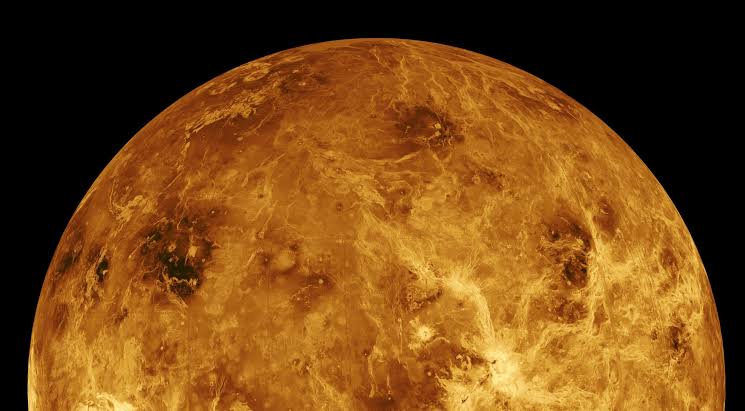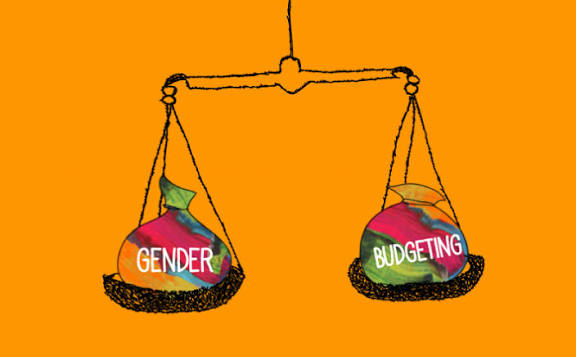
When asked “which planet is known as the twin planet of Earth?”, the answer is Venus. Venus and Earth share striking parallels—both are rocky inner planets, nearly equal in size (Venus at ~95 % of Earth’s diameter) and carry similar mass and density. Because of that, astronomers often call Venus Earth’s twin or sister planet.
Yet the resemblance ends there. Venus rotates backward, swaddled in a dense atmosphere of carbon dioxide and sulfuric-acid clouds. Surface temperatures soar above 460 °C and pressure is 92 times that of Earth—an environment far from hospitable. Scientists believe Venus may have once held liquid water and Earth-like conditions, but diverged drastically due to a runaway greenhouse effect and loss of its protective magnetic field.
Why does this matter? Studying Venus gives us a mirror for our own planet’s past or potential future—a reminder of how delicate planetary habitability can be, even for a twin.
Tags:
Post a comment
Light & Enlightenment: Paris’ Radiant Legacy!
- 16 Oct, 2025
- 2
Tarot Forecast: November 30’s Promise for All Signs!
- 30 Nov, 2025
- 2
“Stand in dust, breathe same air” — call to fight...
- 29 Nov, 2025
- 2
Delhi, Get the blankets out! IMD predicts coldest October Night...
- 16 Oct, 2025
- 2
PM Modi visits blast Survivors at LNJP Hospital, Reaffirms Justice...
- 12 Nov, 2025
- 2
Categories
Recent News
Daily Newsletter
Get all the top stories from Blogs to keep track.

















